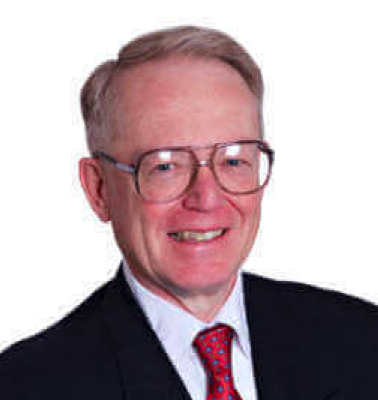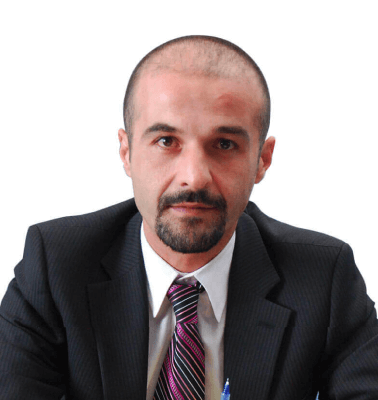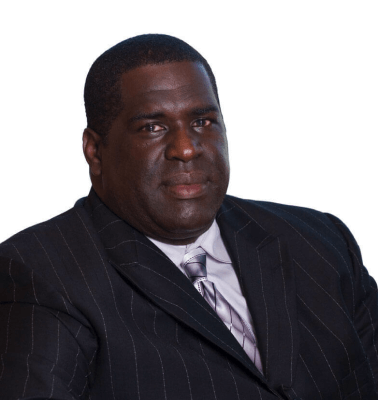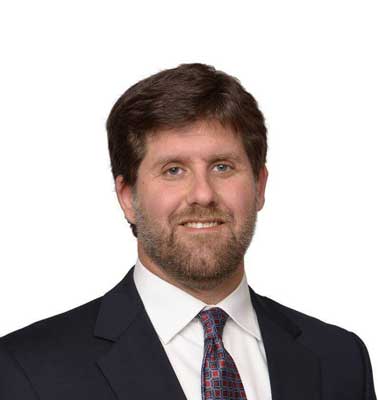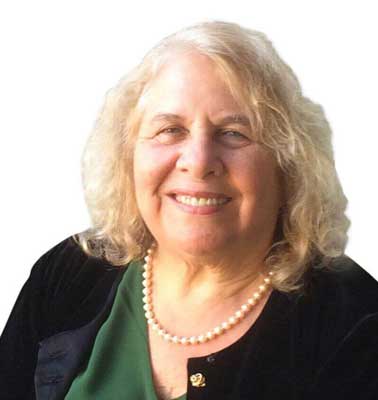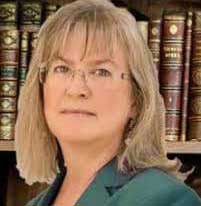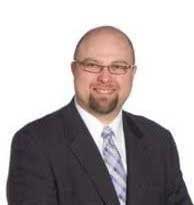Was the DUI roadblock operated in constitutional fashion?
DUI roadblocks or sobriety checkpoints are commonly used by law enforcement to identify drunk drivers. At a DUI checkpoint, law enforcement officers will evaluate drivers for signs of alcohol or drug impairment. If a defendant has been arrested as a result of a DUI checkpoint, an experienced DUI lawyer will use a two-step approach to attack the roadblock. Step one in attacking a roadblock is to make sure that the roadblock was the only basis for the DUI stop. Step two is to see if the roadblock in question was created and operated in a constitutional fashion.
Thus, for step one, even when a defendant was detained because of a roadblock, a knowledgeable DUI defense attorney will determine whether or not the detaining officer is claiming there was a traffic violation or an equipment violation observed prior to the stop at the roadblock. This is to secure the concession that there was not some other basis supporting the drunk driving detention, so that the prosecution is left with the DUI roadblock as the sole reason justifying the detention. The next step is to determine whether the roadblock in question is constitutional.
The constitutionality of DUI checkpoints
- Michigan v. Sitz
The United States Supreme Court ruled in 1990 that a properly devised drunk driving checkpoint program is constitutional and does not violate the Fourth Amendment’s prohibition against unreasonable searches and seizures. [Michigan v. Sitz, 496 U.S. 444 (1990).] In this case, the state of Michigan had an advisory committee comprised of local law enforcement, state police, state prosecutors, and members of the University of Michigan Transportation Research Institute. This committee created guidelines governing the roadblock. These guidelines covered the site selection, the operation of the checkpoint, and publicity concerning the roadblock. The Court found the state program in Michigan, which it characterized as being minimally intrusive, to be constitutionally valid.
The California Supreme Court reached a conclusion similar to the one reached by the United States Supreme Court a few years before Sitz in Ingersoll v. Palmer, 743 P.2d 1299 (1987). Like Sitz, the California Supreme Court also relied on the fact that the roadblock in question was established and operated pursuant to specific procedural safeguards. The Ingersoll court set forth the following criteria to aid in determining if a roadblock was constitutional:
- Decision making at the supervisory level;
- Limits on discretion of field officers;
- Maintenance of safety conditions;
- Reasonable location;
- Time and duration;
- Indicia of official nature of roadblock;
- Length and nature of detention; and
- Advance publicity.
While the United States Supreme Court in Sitz did not delineate a similar list in its decision, theSitz Court made it clear that it was approving the state program in Michigan because of program safeguards that were similar to those in Ingersoll. Therefore, a DUI lawyer can use the criteria set forth in Ingersoll as guidance for the procedural safeguards necessary for a DUI roadblock to be found constitutional.
Also, depending on the state, state constitutions may provide additional safeguards that result in a roadblock being found unlawful. When the Sitz case was remanded back to the Michigan Supreme Court, that Michigan court found that the roadblock violated the Michigan state constitution. Each state will differ on the requisite standards. For example, in New York, a formal written plan governing a roadblock is not necessary.
- City of Indianapolis v. Edmond
Ten years after deciding Sitz, the United States Supreme Court revisited roadblocks in a case arising out of a checkpoint whose primary purpose was to interdict drugs. [City of Indianapolis v. Edmond, 531 U.S. 32 (2000).] The Indianapolis Police Department conducted a plain view search of each of the cars it stopped. The police also had a drug sniffing dog walk around the outside of the vehicles that were stopped. The Court found the checkpoints constitutionally defective. In reaching its decision the Court wrote:
We have never approved a checkpoint program whose primary purpose was to detect evidence of ordinary criminal wrongdoing. Rather, our checkpoint cases have recognized only limited exceptions to the general rule that a seizure must be accompanied by some measure of individualized suspicion. We suggested inProuse that we would not credit the “general interest in crime control” as justification for a regime of suspicionless stops, 440 U.S. at 659, n. 18. Consistent with this suggestion, each of the checkpoint programs that we have approved was designed primarily to serve purposes closely related to the problems of policing the border or the necessity of ensuring roadway safety. Because the primary purpose of the Indianapolis narcotics checkpoint program is to uncover evidence of ordinary criminal wrongdoing, the program contravenes the Fourth Amendment.
Later in the opinion, the Court forcefully reiterated its stance that a roadblock cannot be used for the primary purpose to detect crimes. The Court wrote:
The primary purpose of the Indianapolis narcotics checkpoints is in the end to advance “the general interest in crime control,” Prouse, 440 U.S. at 659, n. 18. We decline to suspend the usual requirement of individualized suspicion where the police seek to employ a checkpoint primarily for the ordinary enterprise of investigating crimes. We cannot sanction stops justified only by the generalized and ever-present possibility that interrogation and inspection may reveal that any given motorist has committed some crime.
An insightful DUI lawyer will look for the distinction between enhancing safety and detecting crime. While the decision in Edmond dealt with drugs, its language can be used to great effect by the DUI attorney. Edmond prohibits roadblocks whose primary purpose is to ferret out crime. Sitz permitted roadblocks because the central reason was not to detect the crime of drunk driving, but rather to enhance traffic safety. Cross-examination of the police often reveals that the real purpose of a DUI checkpoint was to enforce the criminal law against driving under the influence of alcohol. The Supreme Court in Edmond found such a purpose to be unlawful.
- Illinois v. Lidster
Four years after Edmond was decided, the United States Supreme Court again addressed the subject matter of roadblocks. [Illinois v. Lidster, 540 U.S. 419 (2004).] While the case did involve a drunk driving arrest, the case was not essentially about drunk driving roadblocks. InLidster, the police set up a checkpoint to stop motorists in a quest for information about a fatal hit and run that took place the week before. The roadblock was set up at about the same time and place that the hit and run had occurred during the previous week.
Each car was stopped for about 10 to 15 seconds to ask the occupants if they had any information about the hit and run. As Mr. Lidster approached the checkpoint in his minivan, he swerved and nearly struck one of the police officers conducting the checkpoint. Mr. Lidster was subsequently arrested and convicted of driving under the influence of alcohol. On appeal the Illinois Supreme Court reversed the conviction because it found the checkpoint violated the standards set forth in Edmond.
The United States Supreme Court determined that the checkpoint was constitutional. It pointed out that the distinction between the Edmond checkpoint and the Lidster checkpoint was that the focus in Lidster was not to apprehend the people being stopped, but only to obtain information about the perpetrator of the hit and run. The Lidster Court wrote regarding the distinction:
The checkpoint stop here differs significantly from that in Edmond. The stop’s primary law enforcement purpose was not to determine whether a vehicle’s occupants were committing a crime, but to ask vehicle occupants, as members of the public, for their help in providing information about a crime in all likelihood committed by others. The police expected the information elicited to help them apprehend, not the vehicle’s occupants, but other individuals.
Lidster did not modify Edmond. If anything, it reaffirmed the principle in Edmond that roadblocks created for the primary purpose of general crime enforcement are illegal. TheEdmond stratagem for handling checkpoint cases remains.
Sample questioning at a suppression hearing to attack the constitutionality of the DUI checkpoint
Many roadblocks have everything to do with prosecuting the crime of drunk driving. During the suppression motion, a skilled DUI lawyer will ask the police officers if the primary purpose of the drunk driving checkpoint was to catch and prosecute drunk drivers. After getting an affirmative response, the DUI lawyer will then explain to the court that the United States Supreme Court expressly prohibited such conduct in City of Indianapolis v. Edmond.
This type of questioning at the suppression hearing might proceed as follows:
DUI LAWYER: Sergeant, you were in charge of the DUI checkpoint?
[Edmond indicates that determining the purpose of the checkpoint must be made at the “programmatic level”—not with the street officers.]
OFFICER: Yes.
DUI LAWYER: You devised the operation?
OFFICER: I did. I have developed and been in charge of several checkpoints over the years for my department. I am the checkpoint guy around here.
[This officer clearly is the officer at the “programmatic level” that Edmond requires for the type of cross-examination attempted here.]
DUI LAWYER: You make the decisions as to the site, time of day, duration?
OFFICER: Yes.
DUI LAWYER: The checkpoint was over on 5th Street?
OFFICER: This one was.
DUI LAWYER: The checkpoint started at 10:00 p.m.?
OFFICER: It did.
DUI LAWYER: The checkpoint finished at 3:00 a.m.?
[The last three questions were easy questions offered to put the witness at ease and make him feel self-assured. The self-assured witness is often more than happy to volunteer answers that go well beyond the scope of the question.]
OFFICER: We wrapped up at 3:00 a.m.
DUI LAWYER: Your department arrested five people that night for DUI?
OFFICER: We netted a good haul that night. I put the roadblock in the right place. We arrested five people that evening including your client, whom I might add was quite impaired.
[The sergeant is happy to answer way beyond the scope of the question because the sergeant is currently a very confident witness. This is a great time to ask the key question because the DUI attorney may get an unstudied answer. Let’s see what happens.]
DUI LAWYER: Well, that was the main idea of the checkpoint, wasn’t it, to arrest and prosecute people for violating the law against driving under the influence of alcohol?
[This is the key question. An affirmative response will bring the Edmond suppression motion defense to fruition.]
OFFICER: Indeed, it was, counselor.
[Yielding the affirmative response that reveals the impermissible reason for the checkpoint.]



